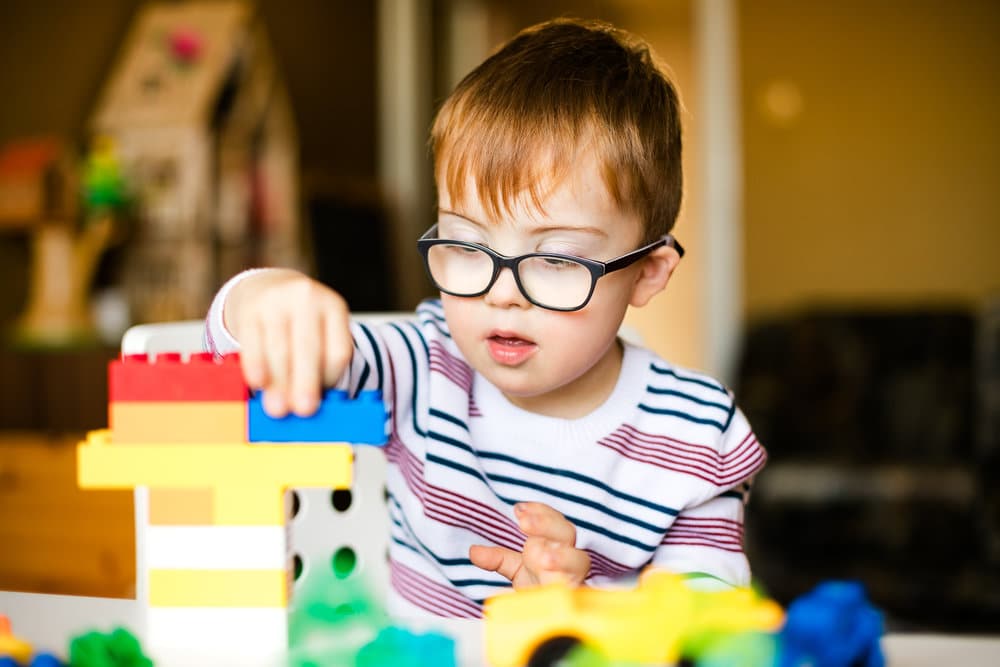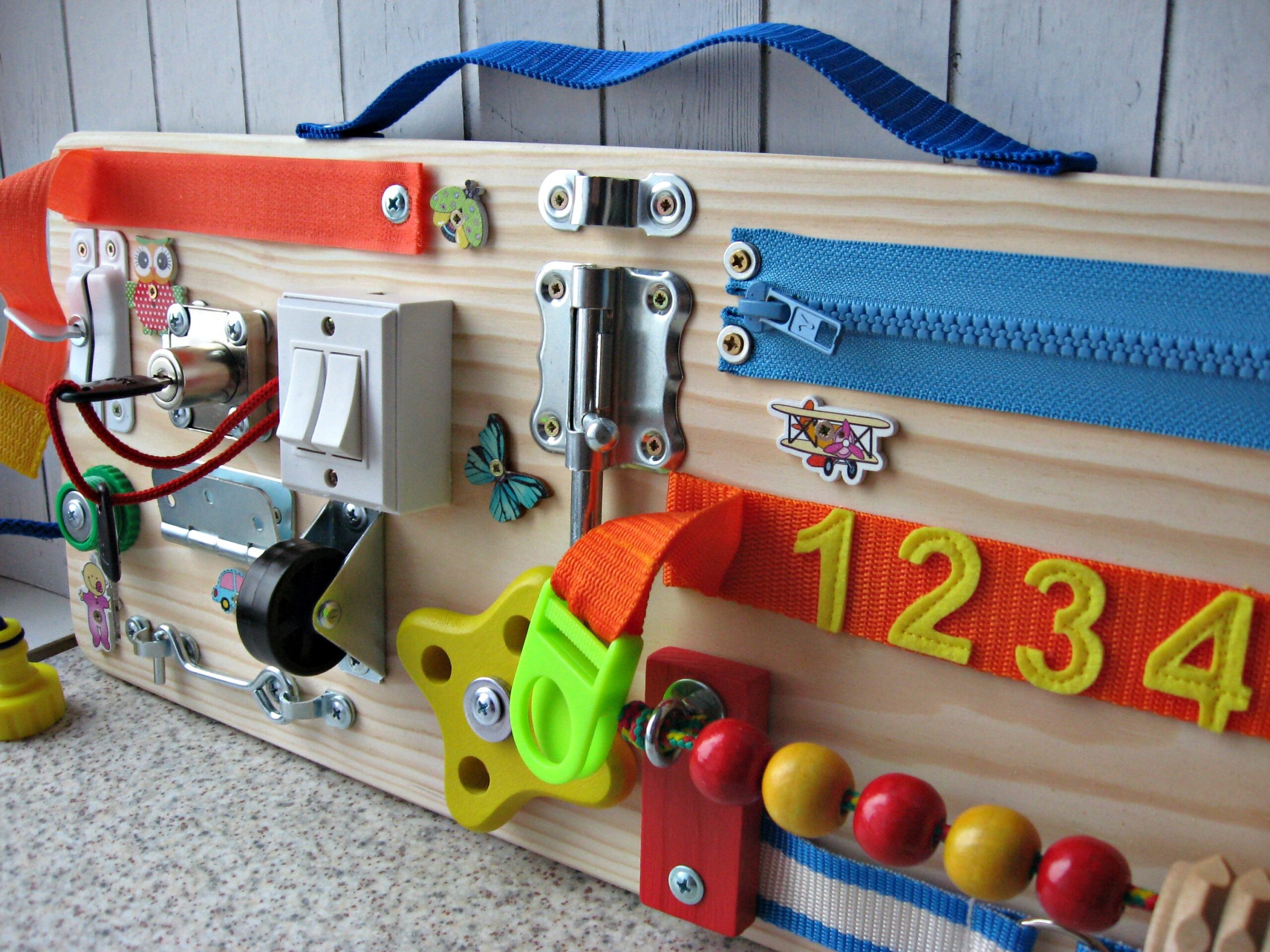Chưa được phân loại
How Busy Boards Help Toddlers with Autism?
How Busy Boards Help Toddlers with Autism? In recent years, busy boards have emerged as a valuable tool for helping young children, particularly those on the autism spectrum. These interactive learning tools are designed to promote sensory exploration, fine motor skills development, and cognitive engagement. This article delves into how busy boards can be an effective resource for toddlers with autism, exploring their benefits, design features, and practical applications in everyday life.

Understanding Autism Spectrum Disorder
Autism Spectrum Disorder (ASD) is a developmental disorder characterized by challenges in social interaction, communication, and repetitive behaviors or interests. Individuals on the autism spectrum may exhibit a wide range of abilities and challenges, which makes understanding and catering to their specific needs essential for their development.
This understanding lays the groundwork for why and how tools like busy boards can provide meaningful support for toddlers with autism.
Characteristics of Autism Spectrum Disorder
The characteristics of autism can manifest differently in each child. Some common traits include:
- Communication Challenges: Many children with ASD may struggle with verbal communication, making it difficult for them to express themselves or understand others. Non-verbal communication cues, such as gestures or facial expressions, may also present challenges.
- Social Interaction Difficulties: Children with autism often find it hard to engage socially. They might avoid eye contact, display limited interest in playing with peers, or have difficulty forming relationships.
- Repetitive Behaviors: Many toddlers with autism might engage in repetitive motions, such as rocking back and forth or flapping their hands. These actions can provide comfort but may limit their ability to explore new environments.
Understanding these characteristics can help caregivers and educators tailor activities that foster growth, engagement, and enjoyment for toddlers on the spectrum.
The Role of Sensory Input
Busy boards are designed to provide diverse sensory inputs that can captivate and hold a child’s attention. For toddlers with autism, sensory experiences can either soothe or stimulate, depending on their individual needs.
Sensory play is crucial for toddlers as it allows them to explore different textures, sounds, and movements. By engaging with busy boards, children can develop critical connections between their senses and the world around them, fostering both learning and self-regulation.
Why Busy Boards?
Busy boards appeal to toddlers’ innate curiosity and desire to touch, manipulate, and explore. They often consist of various elements, such as buttons, zippers, locks, and other tactile materials designed to engage children’s fine motor skills and coordination.
Busy boards can be particularly beneficial for toddlers with autism because they cater to various learning styles while providing a safe environment for exploration. As a result, these boards can help bridge communication gaps, enhance cognitive function, and offer meaningful opportunities for social interaction.
Benefits of Busy Boards for Toddlers with Autism
Busy boards serve multiple purposes in supporting toddlers with autism, offering numerous benefits that contribute to their overall development. This section explores how these boards facilitate skill acquisition, emotional regulation, and social interaction.

Enhancing Fine Motor Skills
Fine motor skills are essential for everyday tasks, from self-feeding to writing. Busy boards offer a variety of activities that encourage toddlers to use their hands and fingers, thus enhancing their dexterity.
Engaging in activities such as buttoning, zipping, or moving small objects helps toddlers build strength and coordination in their hands. These skills are foundational for later academic success as they prepare children to master writing and other intricate tasks.
Additionally, developing fine motor skills can provide a sense of accomplishment, boosting a child’s confidence and willingness to try new activities.
>>>Buy now: Activity Cube, Ages 1-5, Sensory Board Toy, Montessori playroom kids activities
Promoting Cognitive Development
Busy boards provide opportunities for open-ended play that encourages toddlers to solve problems and think critically. When toddlers interact with busy boards, they learn about cause and effect, spatial awareness, and sequencing through trial and error.
For instance, manipulating a latch requires cognitive processes that involve planning and execution, leading to improved problem-solving skills. Engaging with different elements on the board can stimulate imaginative play, allowing toddlers to create narratives and scenarios that reflect their understanding of the world around them.
Moreover, busy boards can be tailored to incorporate educational concepts like colors, shapes, or numbers, further promoting cognitive development.

Supporting Emotional Regulation
Sensory experiences can profoundly impact emotional regulation, especially for children with autism who may experience heightened sensitivities. Busy boards can provide a calming effect, helping toddlers manage feelings of anxiety or frustration.
When toddlers engage with a busy board, they can focus their energy and attention on the task at hand, allowing for moments of mindfulness and self-soothing. In this way, busy boards can act as transitional objects, providing comfort during stressful times or when navigating unfamiliar situations.
Parents and caregivers can also model emotional regulation techniques while using busy boards, reinforcing positive coping strategies and communication methods.
Fostering Social Interaction
Using busy boards can create opportunities for social interaction among toddlers, parents, and caregivers. When adults engage with children on busy boards, they can model social skills such as turn-taking, sharing, and cooperative play.
In group settings, busy boards can serve as focal points for collaborative activities that invite peer interaction. Children can work together to figure out how to manipulate certain elements or take turns engaging with different sections of the board.
These social interactions can lead to improved communication skills and relationship-building, helping children feel more comfortable in social situations as they grow.
Designing Effective Busy Boards for Toddlers with Autism
Creating a busy board that meets the unique needs of toddlers with autism involves thoughtful design considerations. This section outlines key aspects of busy board construction, focusing on materials, sensory elements, and customization options.

Materials and Safety Considerations
When designing a busy board, safety should always be a primary concern. Using non-toxic, durable materials ensures that children can safely interact with the board without risk of injury.
Common materials used in busy boards include wood, plastic, and fabric. Wood provides a sturdy base, while fabrics can add tactile variety. Any components should be securely attached to prevent choking hazards, and edges should be smoothed to avoid sharp corners.
Furthermore, boards should be lightweight and easy to transport, allowing them to be used in various settings, such as home, therapy sessions, or on-the-go.
>>>Read more: Finding the Best Wood for Your Busy Board
Incorporating Sensory Elements
Busy boards should contain a range of sensory elements to engage a toddler’s different senses. Visual elements like bright colors and varied textures can attract attention, while auditory components like bells or crinkly fabric can provide additional stimulation.
Consider incorporating elements that children can push, squeeze, pull, or twist, allowing for diverse forms of engagement. Using materials like sandpaper, mirrors, and rubber can provide contrasting textures that encourage tactile exploration.
Each sensory element can be strategically placed to allow for a fluid interaction experience, helping toddlers move seamlessly from one activity to another.
Customization for Individual Needs
Every child with autism has unique preferences and sensitivities, which means that busy boards can benefit from customization. Caregivers should observe their child’s interests and identify specific areas where they may need support.
For example, if a child shows a particular affinity for animals, consider adding animal-themed elements to the busy board. Alternatively, if a child struggles with fine motor skills, focus on activities that target those specific areas, such as larger latches or easier-to-maneuver zippers.
Customizing busy boards not only enhances engagement but also gives toddlers a sense of ownership over their learning journey, fostering intrinsic motivation.

Creating a Balanced Experience
A well-designed busy board should offer a balanced mix of activities that challenge a child without overwhelming them.
When curating activities, it’s essential to consider factors such as cognitive demand, sensory input, and physical manipulation. Too many challenging elements might frustrate a child, while overly simplistic tasks may not hold their attention.
Therefore, creating a harmonious blend of activities ensures that toddlers remain engaged and motivated, striking a balance between fun and learning.
FAQs
What is a busy board?
A busy board is an interactive educational tool designed for young children, featuring various tactile elements that promote fine motor skills, cognitive development, and sensory exploration.
How can busy boards specifically help toddlers with autism?
Busy boards can assist toddlers with autism by providing sensory input, enhancing fine motor skills, promoting cognitive development, and fostering social interaction in a safe and engaging environment.
Are there specific types of busy boards recommended for toddlers with autism?
While any busy board can be beneficial, those that incorporate a diverse range of sensory elements, customizable activities, and safe materials are especially recommended for toddlers with autism.
Can busy boards be used in therapy settings?
Yes, busy boards can be valuable tools in therapy settings, enabling therapists to engage toddlers in meaningful activities that target their unique developmental goals.
How can parents encourage their child to use a busy board?
Parents can encourage their child to use a busy board by modeling engagement, creating a routine around its use, and choosing activities that align with the child’s interests and abilities.
Conclusion
In conclusion, how busy boards help toddlers with autism is profound and multifaceted. These interactive tools not only enhance fine motor skills and cognitive development but also promote emotional regulation and social interaction. By carefully designing busy boards that cater to the unique needs of each child, caregivers can create enriching experiences that foster growth, confidence, and joy.
As we continue to understand the diverse ways children on the autism spectrum learn and interact with the world, resources like busy boards will remain invaluable tools for supporting their development and well-being.
